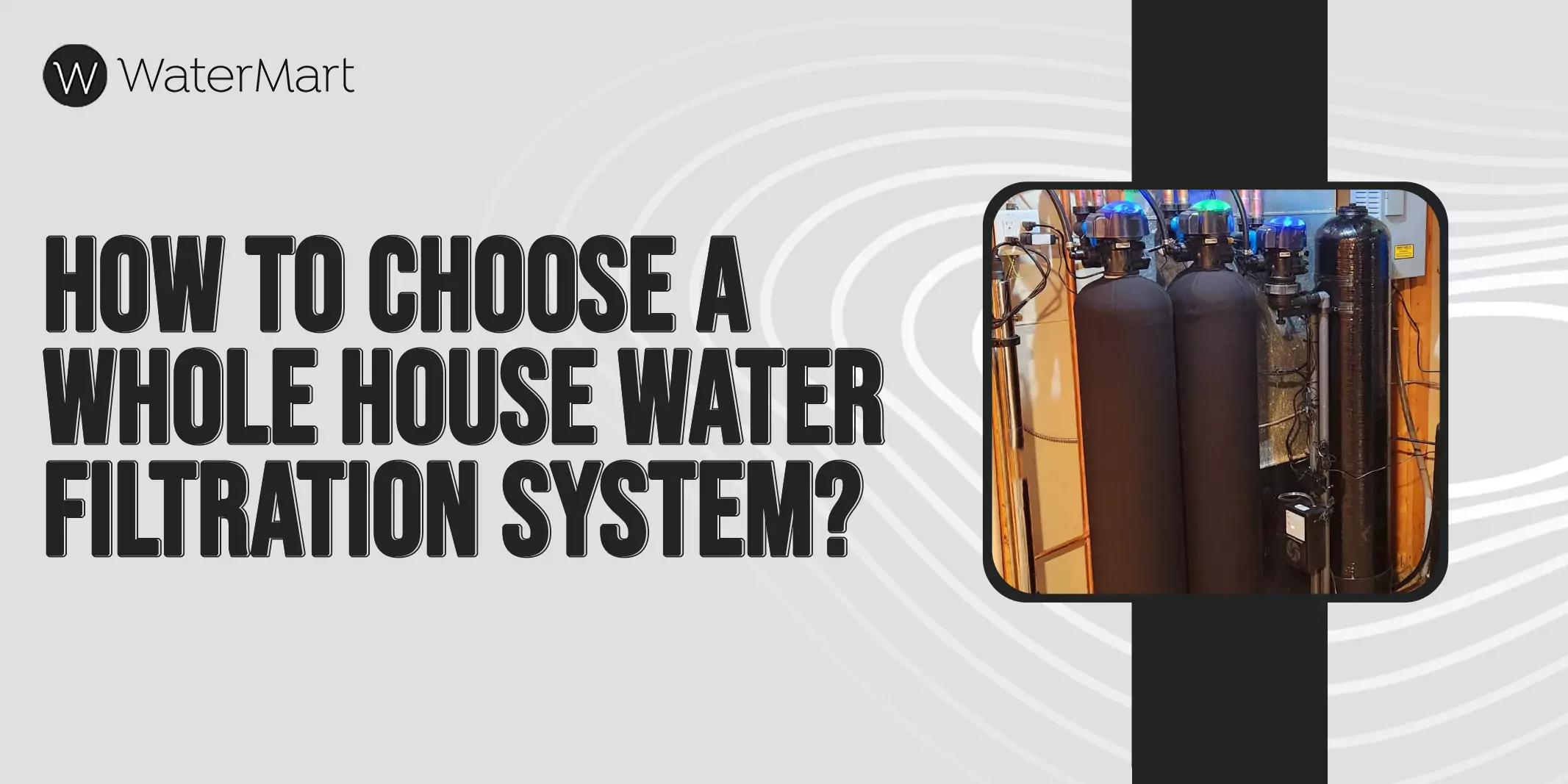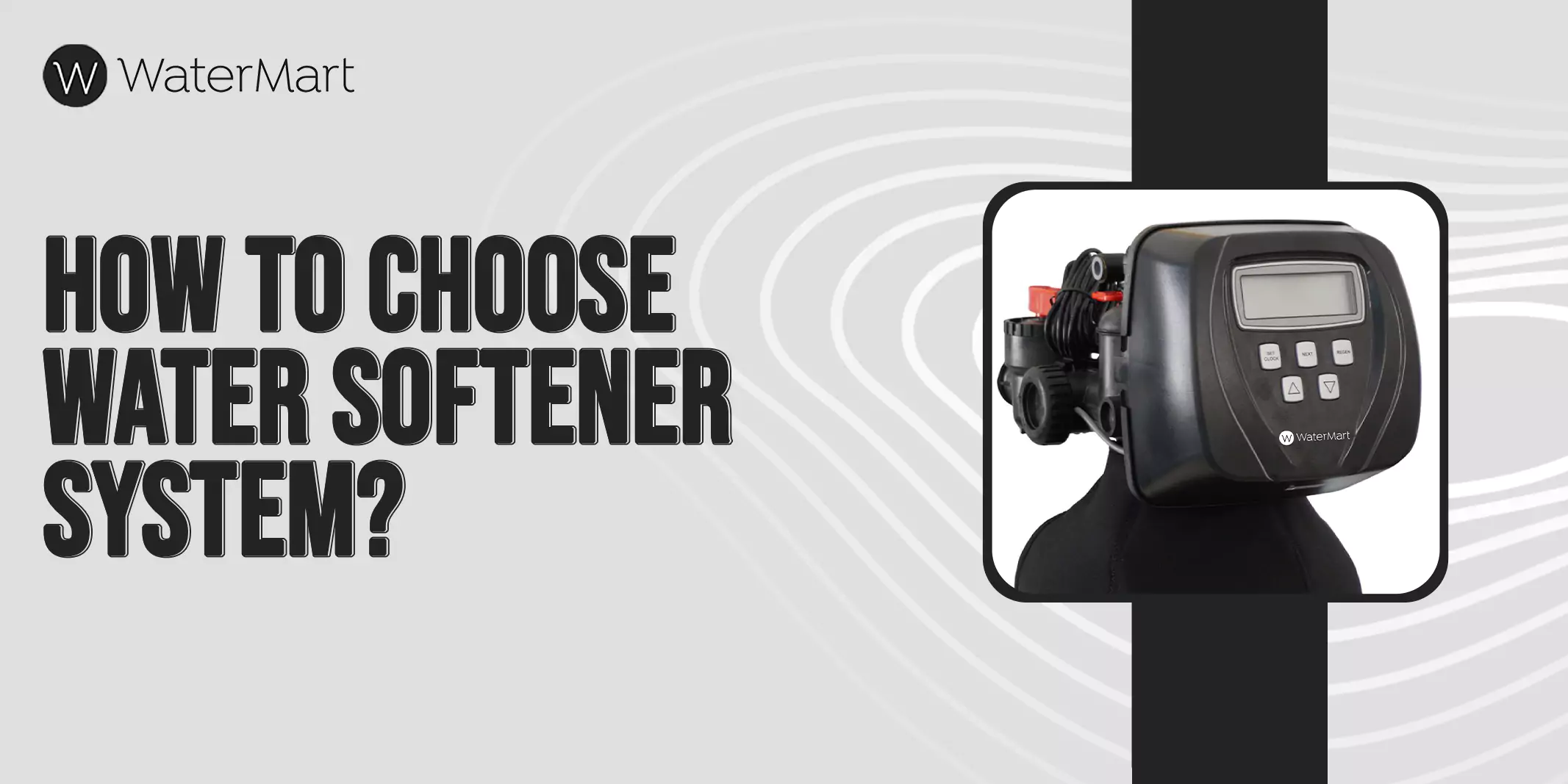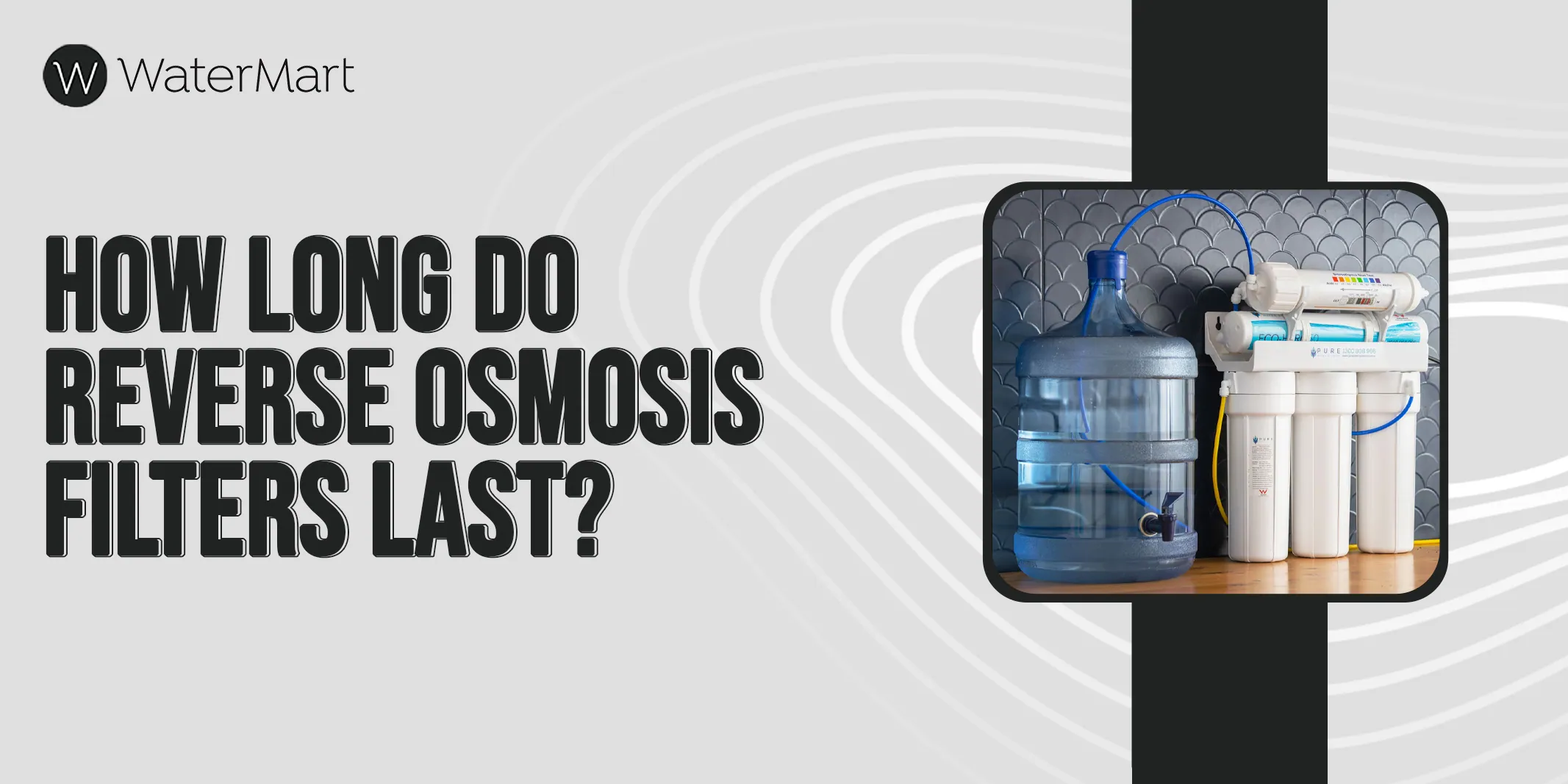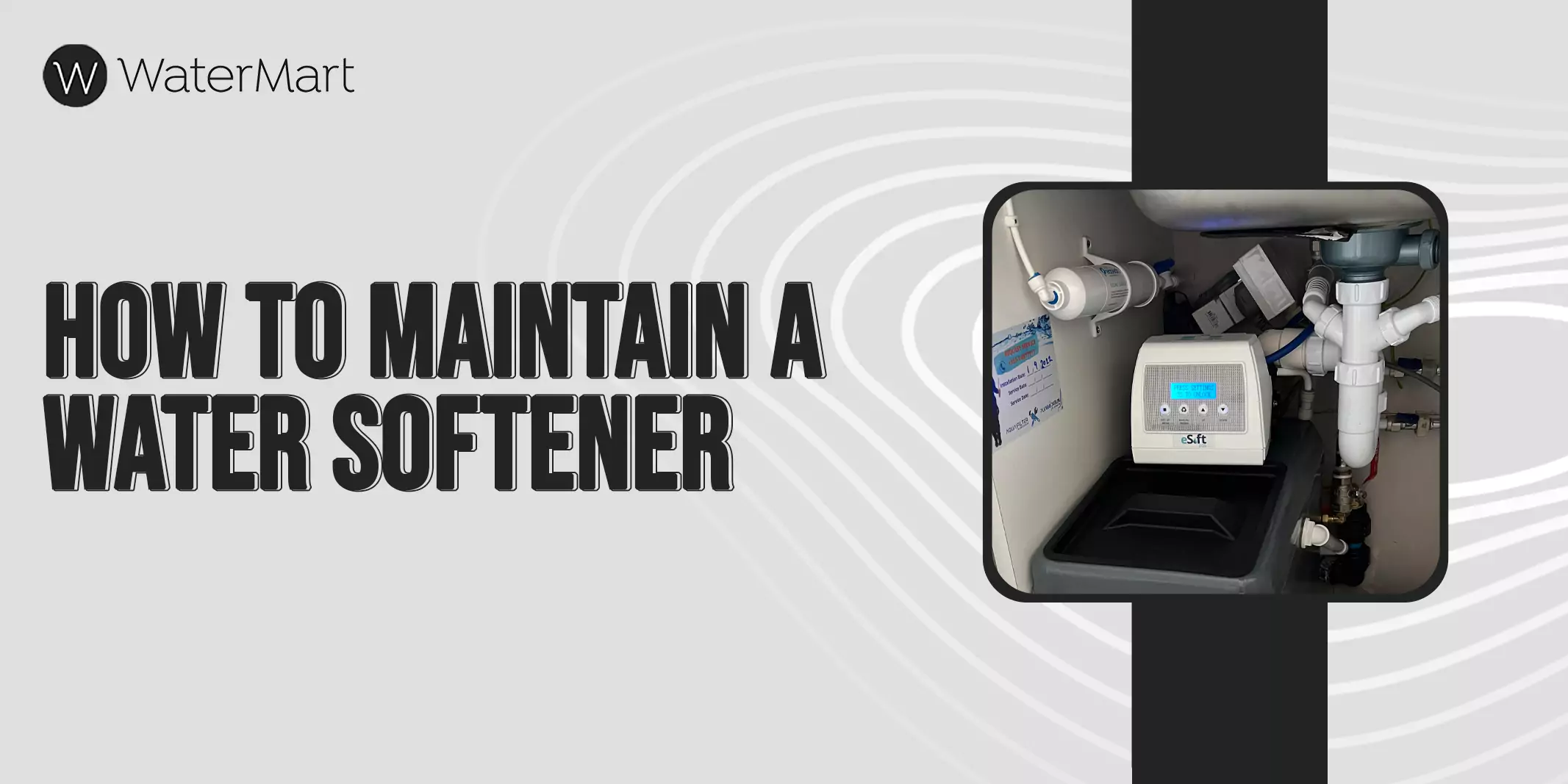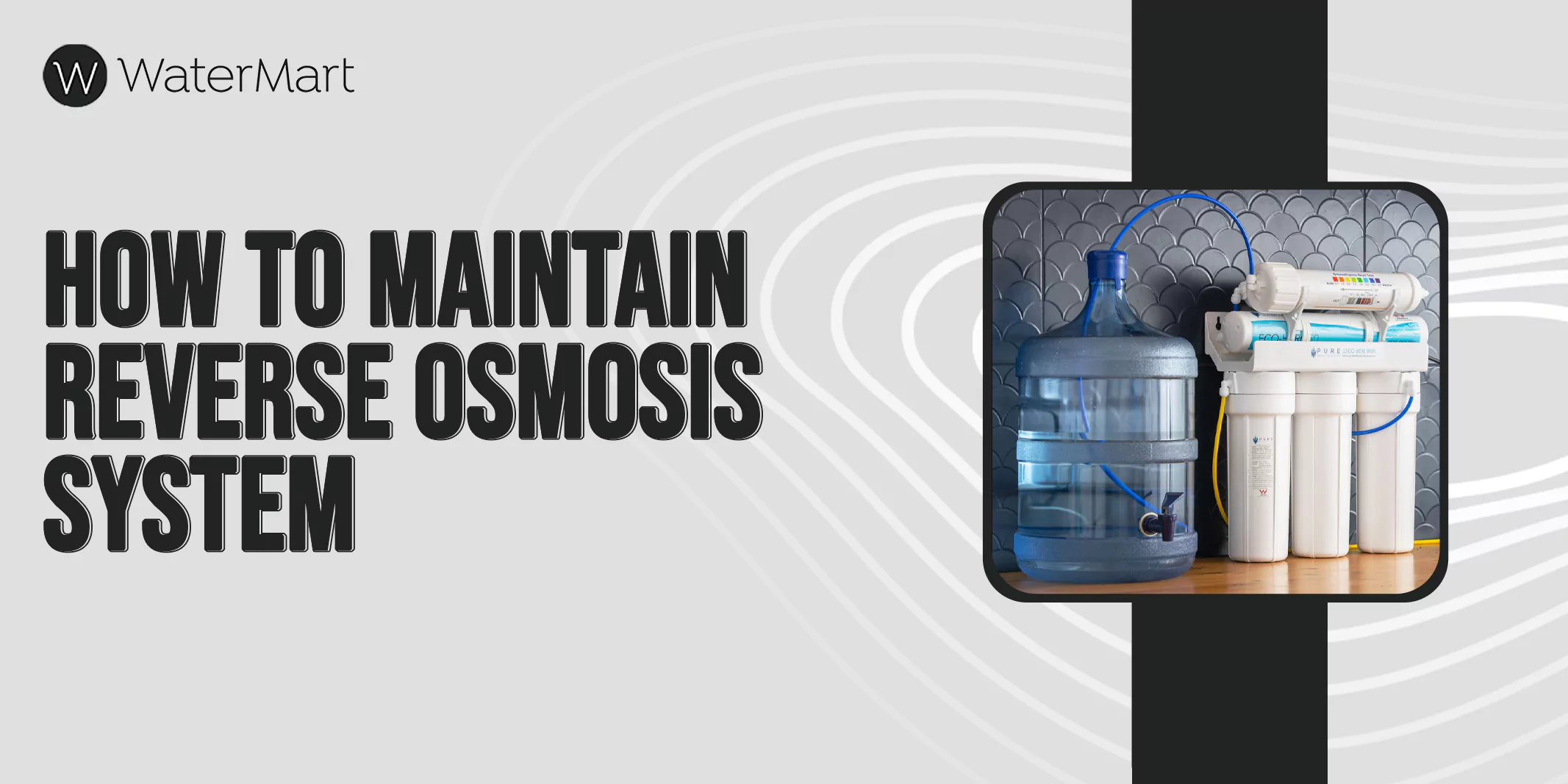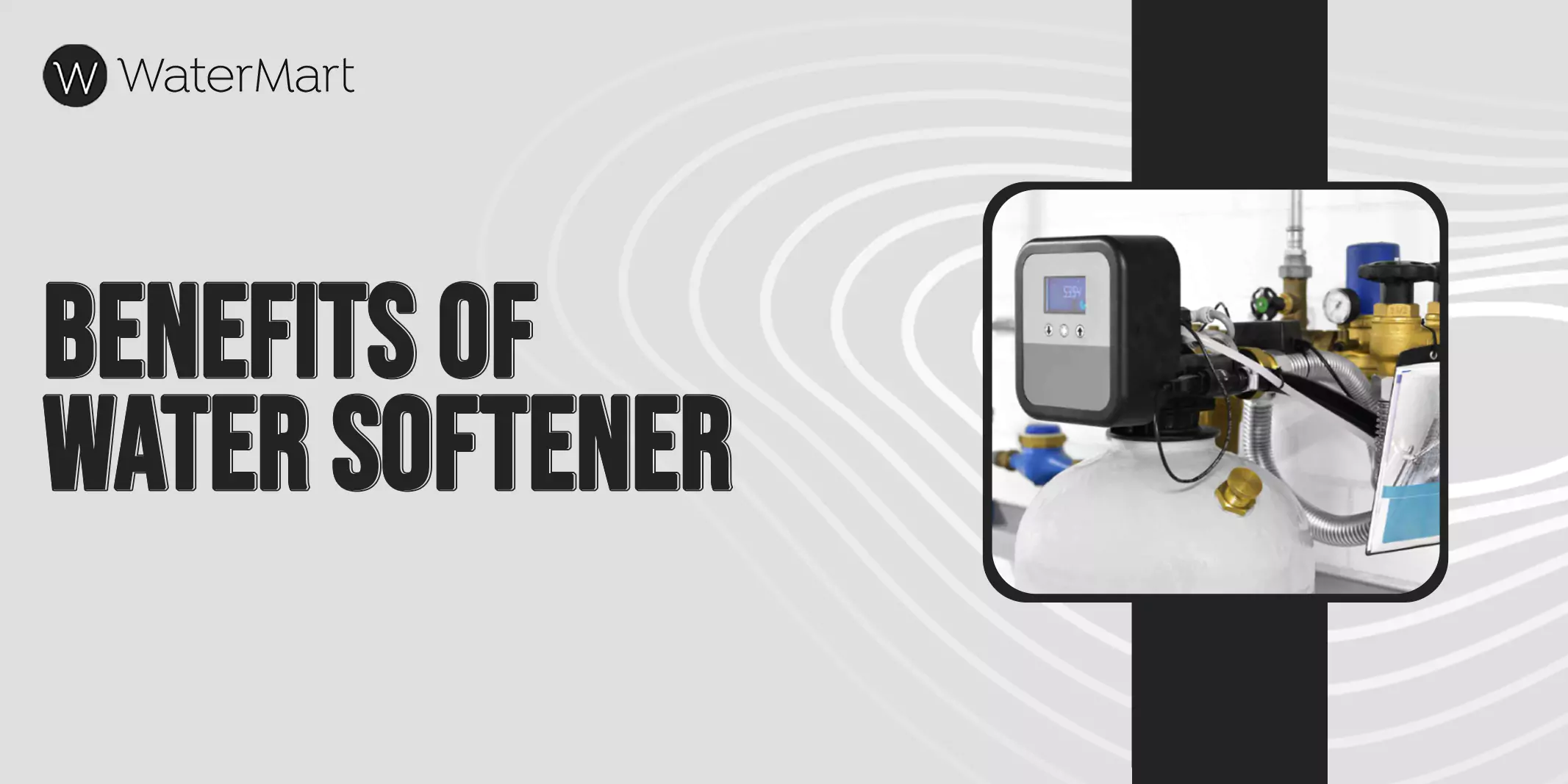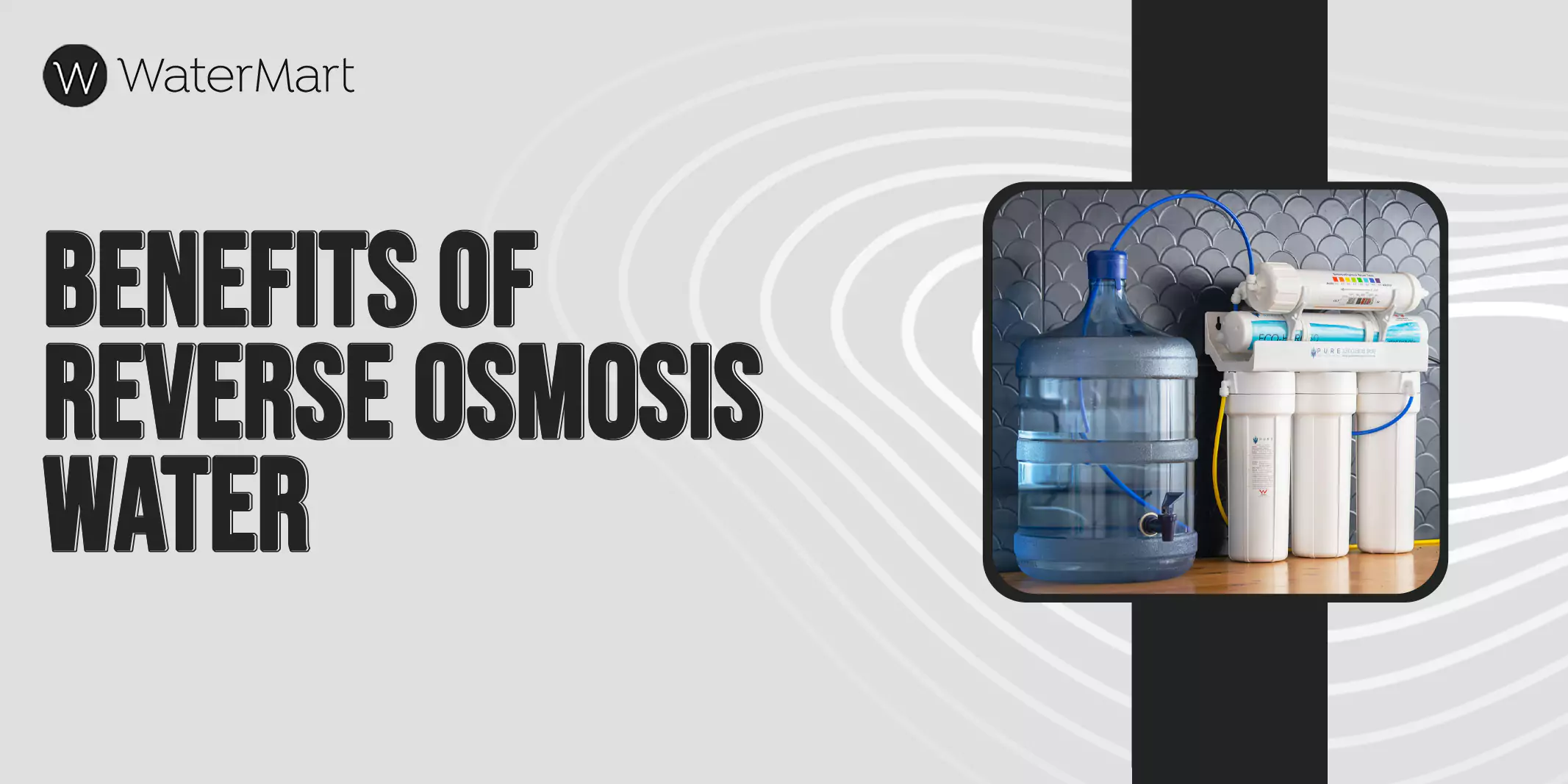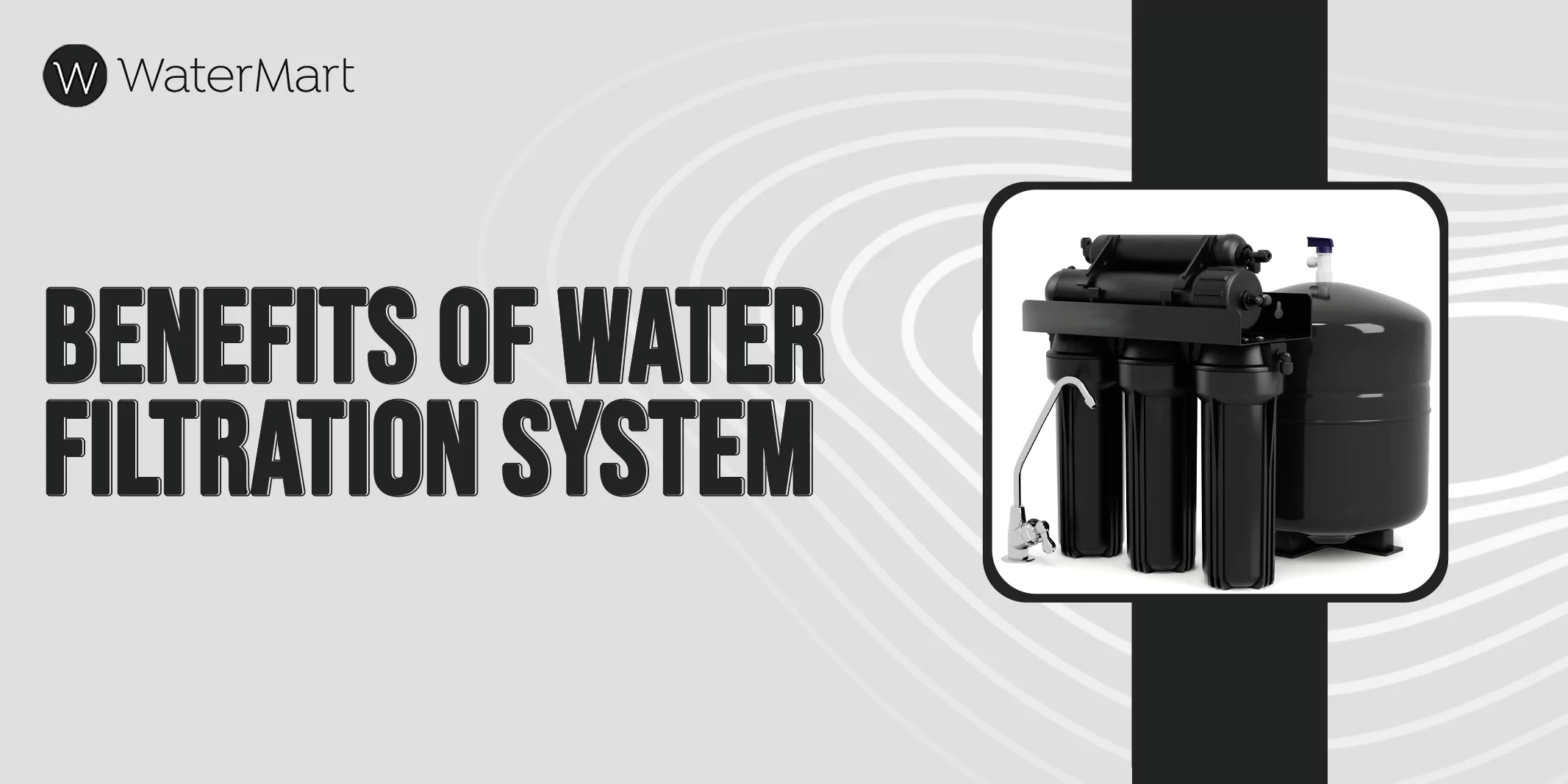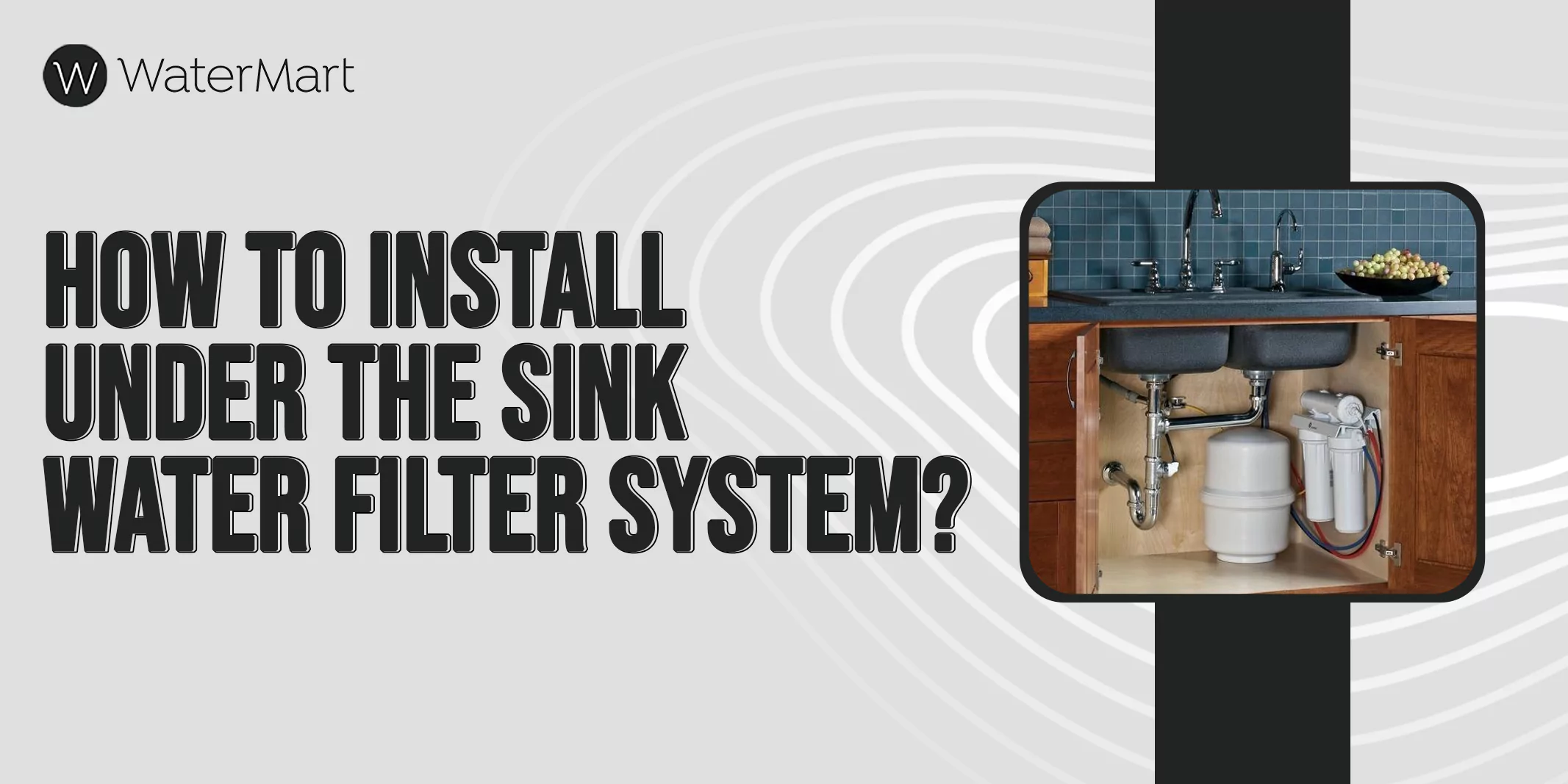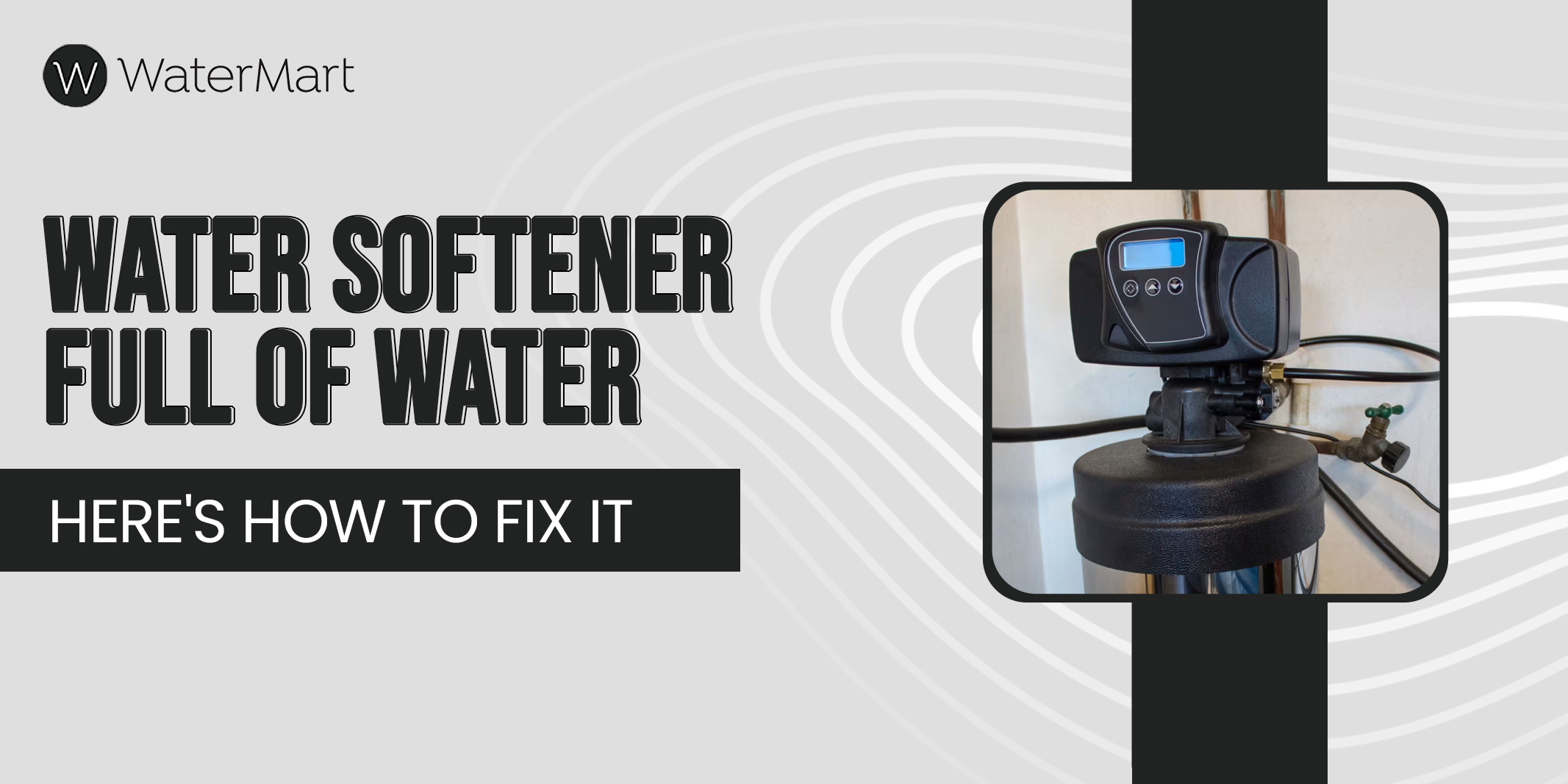Choosing a whole-house water filtration system is a cost-effective and wise decision to handle all of your water needs efficiently. But what if you get the same poor-quality water even after installing a whole-house water filtration system? This is where you need to know how to choose a whole house water filtration system.
Knowing your requirements is the key. You must understand the quality of water, impurities you need to filter out, flow rate, water pressure, and installation and maintenance requirements.
When your water filters are clogged, you start getting impure water again. How frequently your water filters are clogged decides how often you need to change them. This is why, following a complete guide can help you choose and maintain a whole-house water filter to get maximum benefits at minimum cost.
Do I Need A Whole House Water Filter?
If your water quality is poor, you experience a smell, bad taste, or hair fall, you immediately need a whole house water filter. However, a complete understanding of water quality is crucial. Here are the common signs that you can easily detect in low-quality water, indicating the requirement for a water filter.
- Unpleasant Smell and Taste: You may feel an unpleasant smell of rotten egg chlorine or rust. Along with the smell the water tastes unpleasant with the smell and taste of rust, high chlorine levels, and sediments.
- Unwanted Stains and Streaks: You may get streaks and stains on your dishes, limescale pile-ups around your faucets and showerheads, dry skin, itching, and irritation caused by hard water. There can be rust particles and stains on your fabric and plumbing fixtures.
- Unwanted Sediments/ Particles: getting the sediments, salts, micro rocks, and sand particles is another indication of low-quality water. You can easily figure out these impurities by seeing the water.
But some signs are fatal and undetectable and need a proper investigation. See for the following elements in your water by getting them checked by a reputable lab.
- Natural Impurities: water quality changes from place to place with different levels of impurities in it. Some impurities have no taste and smell but they are still fatal to your health. So the best way is to take a sample and investigate for Arsenic, Nitrates, and Lead. These elements are tasteless and odorless but their longer exposure can cause serious health issues like skin diseases, gut problems, or cancer in severe cases.
- Presence of PFOS (Perfluorooctane Sulfonate or Perfluorooctane Sulfonic Acid)
In simple words, PFOS are man-made chemicals, insoluble in water, and may cause renal cancer in severe cases. So you must trace and eliminate it from your water before you use it.
After figuring out your water quality and the need for a filtration system, knowing the factors to choose a whole house water filtration system is crucial to help you decide wisely.
Tips To Choose The Best Whole House Water Filtration System
Here is the water filter buying guide that can help you understand what to look for in a water filter.
Water Source and Quality
Knowing the water source and quality is the first step. If you are getting water directly from a natural resource like surface water including river, or underground water like well, you may have sediments or other impurities. Simply get some inexpensive water quality checking device and see the quality of your supply. But if you are getting water from private or government resources, get a water report for the water quality index (WQI).
Filter Type Selection
After knowing your needs, you can have an idea of which filter type you need. You might need water softeners in case of hard water, reverse osmosis, only for kitchen needs, or a whole house water system in case your water contains sediments and PFOS and needs high filtration.
Water Flow Rate
The water flow rate is the supply of water at the filtration system and the availability of water for use at faucets or POU (point of use). Differences in flow rates can cause either lack of water availability (if the flow rate at the filter is low) or the burst of pipes and leakages (if the flow rate of the filter system is high and the faucet is low). So as a thumb rule choose a water filtration system that offers you a flow rate of 1-2 GPM (gallons per minute) higher than the flow rate of your faucets (POU).
Filter Capacity and Lifespan
The filter capacity of a filtration system maintains the flow rate. If you get the right filtration system with the required flow rate, but its capacity is low, your flow fate will ultimately drop leading to problems such as unavailability of water or low pressure at faucets. So get the right combination of flow rate, capacity, and the life span of your filtration system. If things get complex, simply call us at WaterMart to get an online estimation of your requirements.
NSF Certifications
What if you get a filtration system but it is not NSF certified as per health standards requirements? American National Standard Institute (ANSI) has standardized a certification that NSF qualifies while offering heavy-duty propylene cartridges for strong filter housing. NFS only certifies the propylene cartridges approved by the FDA. So choose a filtration system with NSF certification only.
Cost Considerations
Even if you have decided on a whole-house water filtration system, you need to know your budget. Choose the size or capacity of your filtration system within your budget. If your required filtration system is costing you an arm and a leg, get a professional consultation before you make a final decision.
Installation and Maintenance
Install your systems at a place where you go daily. Installing it in your backyard may keep it away from your eyes. Daily monitoring can help you see any clogs, breakage, leakage, or anything that can cost you heavily. Maintenance of the filtration system is also crucial and needs to be planned with your supplier. Usually, you need to change your water filters after six months but if you have been filtering hard water, you may need early maintenance.
Brand Reputation and Reviews
Choose a reputable brand like WaterMart, that uses certified filters using raw materials approved by the FDA. You can clearly see what our previous clients have experienced with our services. Check the reviews and testimonials before you make a purchase.
Size and Space
Choose a size that suits your space. A well-ventilated and covered space is required to avoid any damage or wear and tear caused by weather conditions.
Additional Features
Here are other features like looking for your requirements whether you need it for residential use or a commercial one. Which specifications suit you the best? Do you need a water filtration system 24/7 or for a specific time of the day? Considering all these factors can help you choose a filtration system according to your needs.
Considering all these factors, WaterMart offers a complete package of whole-house water filtration systems. You can have high-quality healthy water for drinking and other purposes. We offer smooth installation services and our filtration systems are low-maintenance equipment, which means more freedom and benefits for you.
Benefits of Whole House Water Filtration System
The benefits of whole-house water filtration systems are unlimited. From health to wealth, you can get the maximum of all. Here are some highlights of the benefits you can have out of the whole house filtration system.
High-Quality Drinking Water and Improved Health
Health is wealth. So drinking high-quality water keeps you hydrated and healthy at the same time. You get all the required minerals at the best levels that boost your health and keep you away from drinking bad water. You stay away from the side effects of low-quality water and drinking high-quality water resolves many of your gut health issues on its own.
Extended System Lifespan
You get a whole house water filtration system that lasts longer than 20 to 25 years. This is quite a long period of time that offers you unlimited health benefits, protection of your plumbing, benefits for your water heaters, and many other advantages. On the other hand, other water filtration systems have short lifespans and need frequent maintenance.
Cost Savings
You get financial freedom in terms of getting high-quality drinking water. You don’t need to buy mineral water anymore and your plumbing system remains safe, saving you money.
Environmental Benefits
By installing a whole house filtration system, you need less maintenance of your sanitary items. Less degradation, less use of energy in your water heaters, and low wear and tear save the environment by reducing waste. Also, there is less leaching of harmful chemicals produced by unfiltered water, leading to a balanced landfill.
Conclusion
Choosing a whole-house water filtration system needs wise thinking, clear estimation, and the right path to reach your goals. The first and foremost step is knowing your requirements. You can use all the factors like understanding your needs, checking the quality of your water, impurities levels, a filtration system, cost of system, installation, and maintenance.
You can get unlimited benefits like improved health, lower-cost water filtration, and zero damage to your property. Though the whole process looks a bit overwhelming, at WaterMart our experts are 24/7 ready to help you get high-quality water filters.
You can get in touch today or call us now for free estimation.
Frequently Asked Questions
Where should we install a whole-house water filtration system?
You should install your whole house water filtration system at the start of the main supply line or the point of entry(POE). This way your whole house gets the benefits of filtered water including your kitchen, bathrooms, and garden water hose.
Is it worth considering a filtration system for the whole house?
Yes, if you are concerned about the health of your family and you need to cut down your energy bills and maintenance costs, you must consider a whole-house water filtration system.
Can you install this system outside?
Ideally, you can install a whole-house water filtration system anywhere. But, practically in Canada, installing this system may not be a good idea as heavy rain or snowfall may damage the hardware of the filtration system.
Do I need technicians for filter maintenance?
Yes, you need expert help to check all the factors to diagnose any red flags in the system. However, it is always recommended to get a technician from the company you buy a water filtration plant from.
